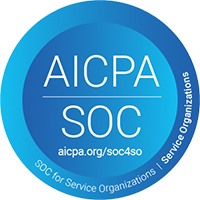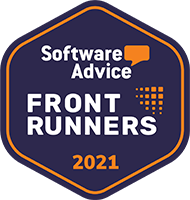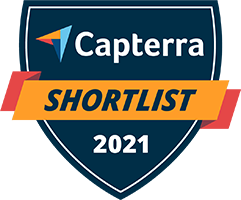Reduce PO and invoice costs by over 95% with TrackStock’s consolidated invoicing for consigned inventory

Imagine your customer has 1,000 widgets sitting in consigned inventory in a warehouse. And let’s also say that over the course of a week, that customer uses 100 of those widgets.
Under your consigned inventory agreement, the customer probably will only pay for the 100 widgets used that week – that’s one of the major selling features of consigned inventory.
What’s not so good is getting 100 different invoices over the course of that week, one for each widget used.
But with eTurns’ TrackStock, your customers don’t have to be buried beneath a blizzard of paper or emailed invoices.
Tracking consigned inventory is a great feature of eTurns TrackStock, and one of our customers’ favorite uses for it. What many of them don’t realize is that eTurns’ TrackStock offers the flexibility to automatically track and replenish inventory as it is used, while consolidating invoices and sending them at a later date.
One of the things distributors like least about offering consigned inventory is that they get bombarded with purchase orders (POs) every time a customer uses a widget. One distributor we are talking with is getting 20 POs a day from one consigned customer because their Eclipse ERP can’t consolidate the replenishment orders. And, studies say, the average cost to create a PO is at least $35, so both the distributor and customer are spending at least $14,000 a month on POs. What a waste!
eTurns can reduce this spending on POs and invoices by over 95 percent for both distributors and their customers by consolidating and batching the transactions by purchase order or work order.
Here’s how it works: as the customer uses widgets they scan the bins of material with the eTurns TrackStock phone app and the app reduces the quantity on hand (QOH). Ultimately, the QOH for the widget will fall below a minimum and a “suggested order” will be created, which starts the replenishment process. In the meantime, TrackStock can either: 1) immediately send off the consumption transactions, 2) hold them until a later date by batching them, or 3) consolidate them and send them at a later date.
Batching the consigned pulls simply delays sending every individual pull, or purchase order, that the customer’s tech created by using the material.
Consolidating the pulls means that TrackStock can take all of the pulls for the batch and reduce the number of POs sent to the distributor by sending only one PO per item for that time period. So, if item A was pulled 20 different times during the week with a total quantity pulled of 100, TrackStock integration will send only one PO that week for item A with a quantity of 100.
So in the example above, the company would receive 96 fewer POs per month, and therefore has to issue 96 fewer invoices, for a savings of $13,860 a month for both the distributor and the customer. Since our software only costs around $250 per month for each stockroom, you can see how ROI happens in under a month.
A lot of customers seem surprised when they learn that our apps offer PO consolidation and batching for consignment consumption. But when they discover the convenience that offers, the decrease in invoicing costs (both to the distributor and the customer), and the increase in customer satisfaction it brings, many distributors wonder how they ever got along without these functions.




